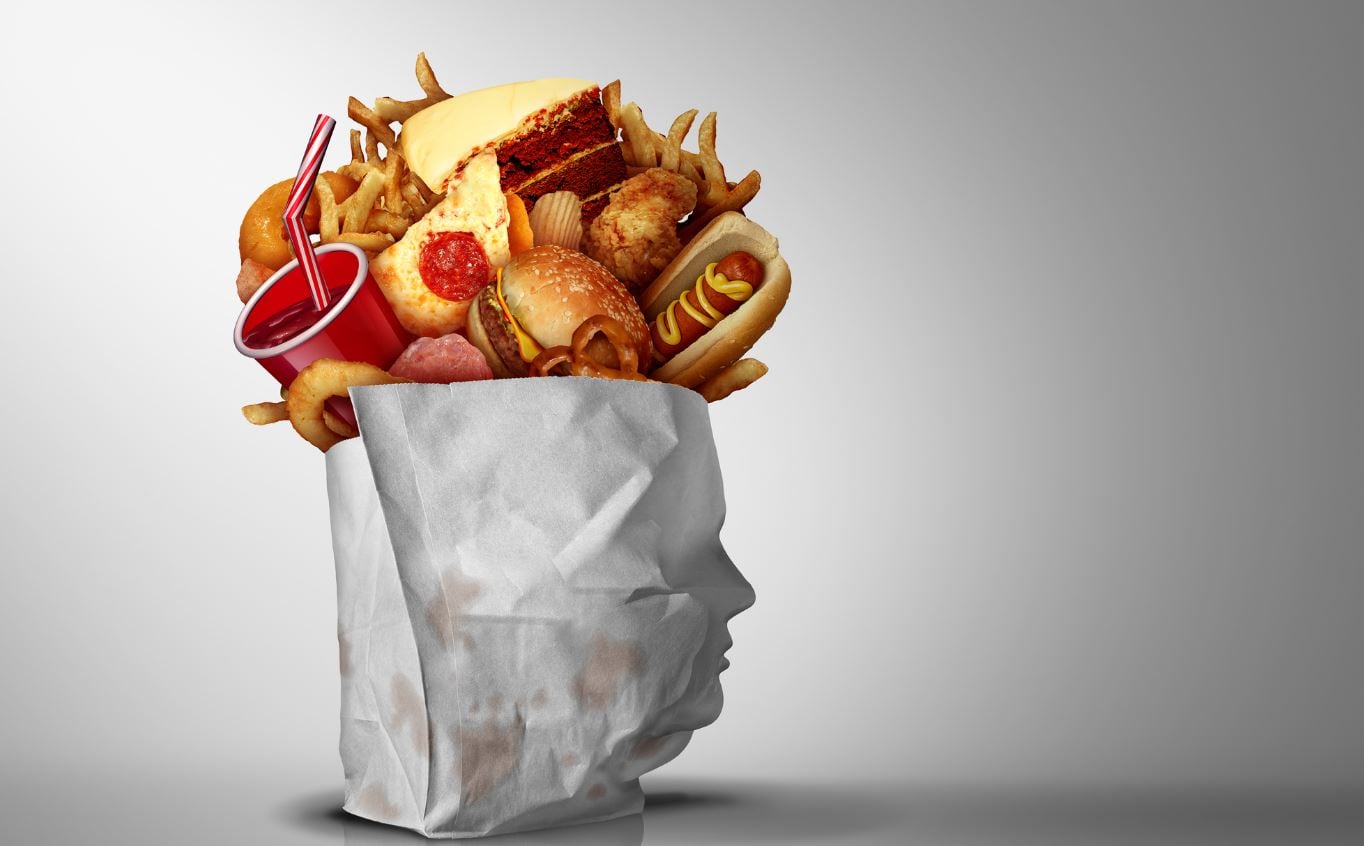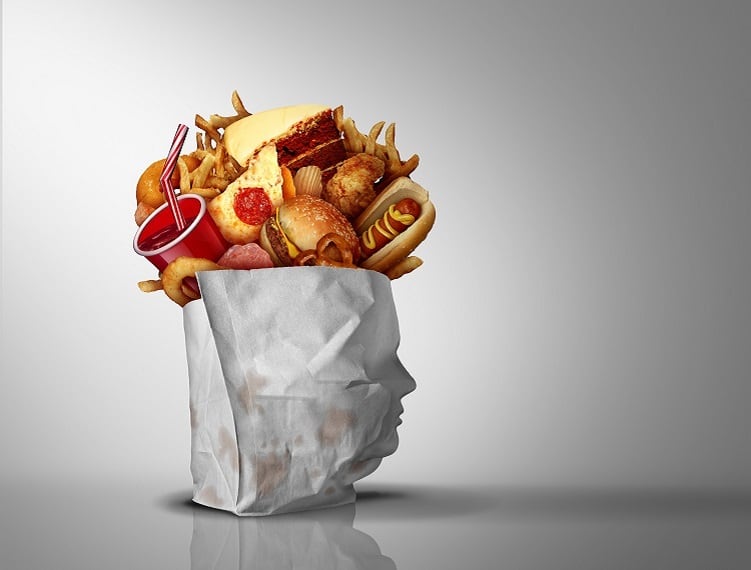The debate around UPF is growing and consumers were becoming more aware, but not always more educated, about UPF said Food Standards Scotland (FSS).
Its list of UPF facts follows a UK consumer survey that found most Brits wanted junk and UPF food manufacturers to face taxes, which they believed would help reduce UK obesity rates.
“While there is evidence of a link between processed and ultra-processed foods and health, the evidence base in relation to processing remains uncertain and of insufficient quality to propose changes to existing dietary recommendations at the moment,” said FSS senior public health nutritionist Alana McDonald.
“In contrast, there is robust evidence that diets high in calories, fats, sugars and salt increase the risk of many chronic diseases, including heart disease, stroke, type 2 diabetes and many types of cancer,” she added.
Read more: Why a UPF tax would be near impossible and ineffective
However, the organisation’s five UPF facts did not demonise processed ultra-processed foods, but advocated they could play a role in a healthy lifestyle.
“Not all processed foods are equal and there are some which can play a role in helping us achieve a balanced diet that are both nutritious and convenient, such as whole grain breads and tinned beans,” said Public Health Scotland organisational lead for food and physical activity Claire Hislop.
Five key facts about UPF foods:
UPFs aren’t all bad
Processed and ultra-processed foods are not all unhealthy. The terms ‘processed’ and ‘ultra-processed’ are used to describe how a food is made and not its nutritional value.
Processing means safety
Food and drink manufacture relies on processing and additives to ensure food safety. Preservatives, emulsifiers and antioxidants help to extend shelf life. Additives are deemed safe to use following strict assessments.
UPF impacts aren’t fully known
Evidence linking foods with high fat, sugar and salt content (HFSS) is concrete. However, said FSS, “the jury is still out on whether it’s the processing itself or the HFSS content that’s to blame”.
All the information is available
In the UK, colour-coded front-of-pack labelling shows whether a food or drink product is high or low in various nutrients. The red, amber and green traffic light system shows whether something is high, medium or low in HFSS ingredients.
Make small changes
Consumers who consume too many UPFs were advised to make small, manageable changes that could “lead to big improvements” in health over time.





